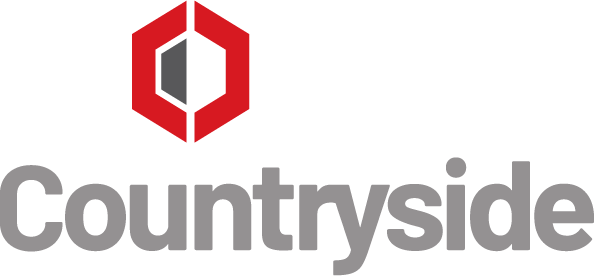“Its about finding that one-way bridge on a busy two-lane highway and improving on it.”
Last week I was at the Canadian Concrete Expo, as were many of you. It’s a great little show, like a mini-World of Concrete, and nice to have close to home.
Like most mortals do, I needed the restroom at some point in time. I don’t find a public restroom a great place to meditate, but there was something about that restroom that I found peculiar. It had 6 urinals, 4 stalls, and 6 sinks. Nothing too weird up until this point.
But then it only had 2 hand air dryers.
You know those things you walk up to and stick your hands into, and it makes that terrific howling noise like a 747-jetliner leaving a runway. I think they are supposed to save the earth and kill your ears or something. You either stand there for a small portion of eternity until your hands are dry or you finish drying them on your pants. You walk away pondering a world where drinking straws are paper, and paper towels are replaced with howling machines.
But 2 dryers for 6 sinks? That to me doesn’t make much sense, especially since the drying process seems to take the longest if you actually want your hands to be dry. It feels like a restraint. You start thinking maybe a paper towel dispenser would at least save the day if not the earth.
Eliyahu Goldratt authored a book called, The Goal. The story is set in a fictional, but real-to-life manufacturing setting. In compelling narrative, he expounds on the theory of constraints. The theory of restraints is about identifying and removing bottlenecks from your business or system of doing things. Its about finding that one-way bridge on a busy two-lane highway and improving on it.
There are a couple ways to think about constraints in the concrete industry. The first is overall constraints in the business. Typically, this is often about the effective use of labor. While we have been able to replace some labor with equipment over the last few decades, concrete work is totally contingent on boots on the ground. There are no multiple widgets doing all the work with one operator at a computer screen.
A quite simple example is the coffee process. Maybe you have 30 guys stopping at Tim Hortons every morning for 20 minutes. (Hopefully not, but since Tim’s can’t seem to figure out their restraints, they automatically become yours.) But this would be a cost of somewhere around 80 to 150 thousand annually in labor not counting production loss. Perhaps you could cut that restraint in half by investing in a coffee machine at your shop. 100 thousand dollars would certainly be a favorable budget for a coffee machine with some left for breakfast on rainy mornings. 😊
Studying your constraints can shed much light on the most expedient place you should invest in. That equipment purchase or rental that seems out of your reach can be a lot more affordable when you factor in labor constraints.
A second thing to think about is jobsite specific restraints. Where is the bottle neck in your large slab pour? Will it be ready-mix supply? Or will It be the placement process – should you have a line pump instead of four wheelbarrows, or two pumps instead of one. Is the driveway the constraint, allowing only one truck at a time? Thinking about and alleviating specific jobsite constraints ahead of time may not save the earth but could certainly save your day.
Restraints are not unique, they are like a universal parasite, they simply move in wherever there is a lack of intentionality. But your business does have a level of uniqueness. When thinking about restraints, it is important not to make a cookie cutter comparison between your business and someone else’s business or another industry. The goal is not to mirror some storybook business model, rather it is continuous improvement in the operations of your own enterprise.
When you tackle your restraints, work will be more fun and the bottom line better.



